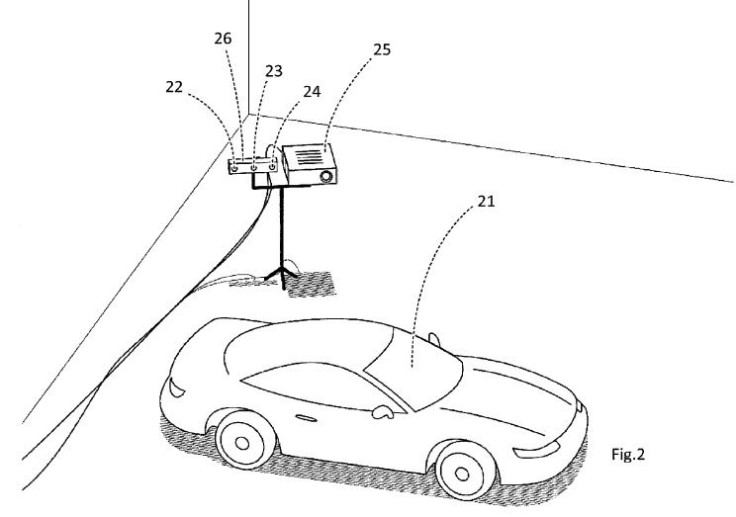Apple Considered Developing Wearable Smart Projectors, Patent Suggests
KEY POINTS
- Apple is serious in its push for AR
- A patent reveals that the company considered creating a head-worn projector for augmented reality purposes
- The system removes the need for AR smartglasses
Apple considered creating smart projectors to produce augmented reality experiences, a newly granted patent reveals. Such projectors can be mounted on stands or can be worn and taken anywhere the user wants.
In the patent titled “Method of and system for projecting digital information on a real object in a real environment,” inventors from Apple describe a system designed to project augmented reality images onto real-world surfaces and objects to provide AR experiences to users.
The patent is highly technical, but it basically describes the use of a camera to capture information about the real world and a projector that will project images onto various objects to provide users with the same kind of AR imagery that can be expected from a pair of AR smartglasses.
The inventors propose different embodiments. One certain embodiment involves placing the camera and the projector side by side in a rigid stand.
The devices will be set in such a way that both of them are facing the same direction. The camera will capture environment data and pass it to the system, which will then determine which images the projector will project onto real-world objects.

Another embodiment involves using a wearable projector, specially designed so that users can wear them and bring them anywhere they want. Patent illustrations show that this device is intended to be worn on the user's head.

AR sans AR glasses
The technology described in the patent is meant to provide users with augmented reality experiences without the need for a pair of smartglasses.
AR smartglasses add computer-generated (CG) objects into real-world environments by placing them in the lenses where the user is looking through. The lenses allow the user to see the real world in front, and the AR smartglasses add CG elements to that environment simply by projecting or showing them on the lenses themselves.
The patented technology mentioned above, on the other hand, projects AR imagery onto real-world objects. To make the imagery look more realistic, the camera will capture spatial details so as to determine the distances between surfaces and objects. This data will then be used in creating and projecting AR images.
The inventors noted that this technology can have many applications. It can be used in industries such as car manufacturing or shoe designing.
The technology also has smaller-scale uses such as computer user interface development and cases where information needs to be displayed over certain items and surfaces.
© Copyright IBTimes 2025. All rights reserved.




















